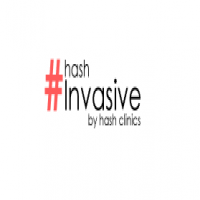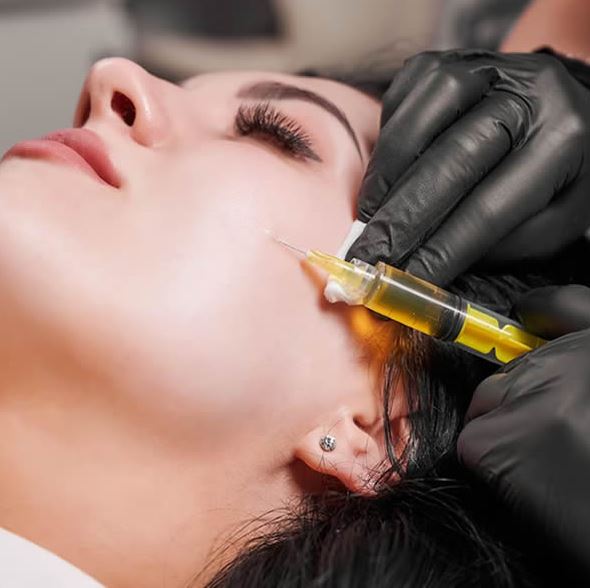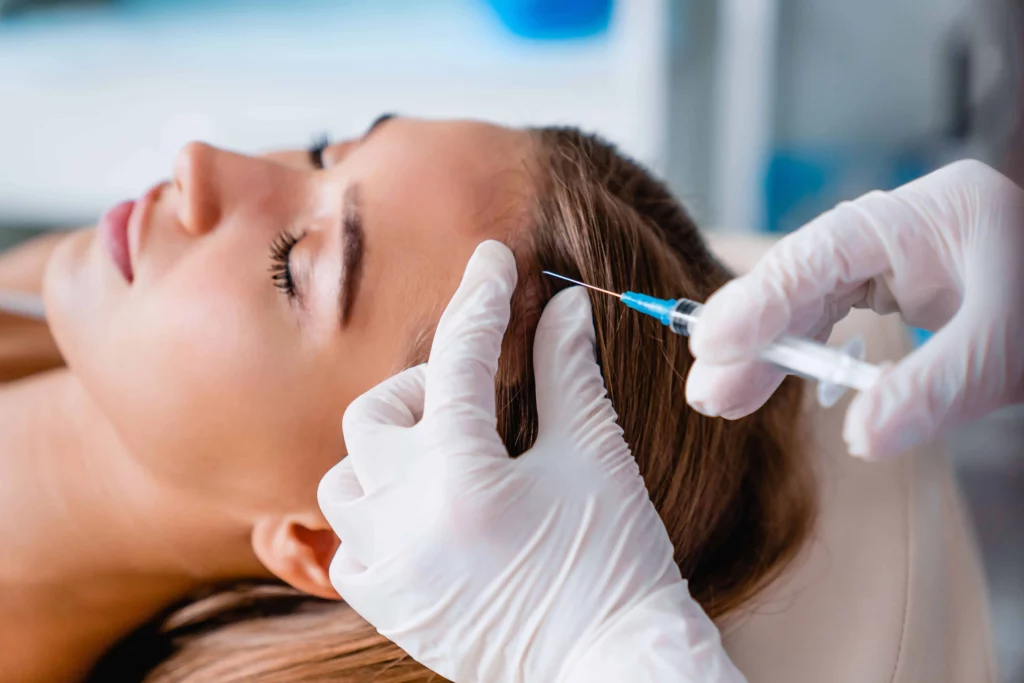Stem Cells, Botox, or PRP? What the Market Data Reveals

The Aesthetics Industry at a Crossroads
In the evolving world of cosmetic enhancements, three contenders dominate conversations: stem cells, botox, and platelet-rich plasma (PRP). Each claims a different place on the innovation curve—some rely on decades of clinical success, while others represent the new frontier of regenerative medicine. Market trends and consumer preferences are rapidly shifting, and industry data paints a compelling picture of where the real growth—and value—lies. Amidst this landscape, one treatment often gaining traction is platelet plasma treatment, which is now being marketed not just for healing but for aesthetic rejuvenation.
Consumers today aren’t just looking for wrinkle reduction—they’re demanding cellular-level regeneration, minimal downtime, and long-term results. The question isn't just which treatment works, but which one delivers the greatest ROI—for both clinics and clients.
Stem Cell Treatments: The Rising Star with Regulatory Weight
Stem cell therapies are no longer confined to labs and high-risk experimental clinics. They are emerging as viable options in both cosmetic and orthopedic practices. Using the body's own regenerative cells, these treatments aim to rebuild tissue, improve skin elasticity, and even reverse aging at a molecular level.
According to recent data from market intelligence firms, the stem cell therapy market is projected to reach over $50 billion globally by 2034, growing at a compound annual growth rate (CAGR) of more than 12%. While regulatory hurdles remain high—particularly in the U.S. and Europe—countries like Japan and South Korea are creating streamlined pathways for clinical approval, boosting commercial viability.
What makes stem cell therapies stand out is their potential for real cellular regeneration. Unlike fillers or toxins, these treatments aim to restore, not just conceal. However, the cost remains high, often ranging from $3,000 to $10,000 per session. Clinics looking to offer these services must invest in clean room facilities, trained specialists, and often partner with biotech firms for quality control.
Yet despite the complexity, early adopters report high satisfaction rates and strong patient retention, especially among older, wealthier demographics who view these procedures as long-term investments in youth.
Botox: The Proven Performer
Botox has held a firm grip on the aesthetics market for more than two decades, and for good reason. It's fast, relatively affordable, and delivers predictable results. The botulinum toxin market is expected to exceed $21 billion by 2030, according to industry projections, with a CAGR of around 10%.
One reason for Botox’s enduring popularity is its broad range of applications. Beyond cosmetic wrinkle reduction, it’s now approved for conditions like migraines, TMJ disorders, and excessive sweating. These alternative uses have significantly expanded its revenue streams and client base.
Moreover, newer competitors like Xeomin and Daxxify are adding fuel to the market by introducing innovation in duration, onset time, and purity—keeping the entire neuromodulator category fresh and competitive.
For practitioners, Botox remains a low-risk, high-turnover service. It's ideal for quick consultations and high-frequency visits, which means more appointments, more referrals, and steadier income. The product’s brand recognition and track record make it a clinic staple, even if its growth curve is beginning to flatten in mature markets.
PRP: The Affordable Regenerative Middle Ground
PRP (Platelet-Rich Plasma) is carving out a niche between botox and stem cell treatments. Derived from the patient’s own blood, it contains concentrated platelets that release growth factors to accelerate healing and stimulate collagen production. PRP is now being used in a wide array of treatments—from hair restoration and acne scars to under-eye rejuvenation and post-laser skin healing.
Current market projections estimate that the global PRP market will reach $1.2 billion by 2032, with an estimated CAGR of 13-15%. One of the key advantages PRP holds is its relatively low barrier to entry. Providers don’t need specialized licensing or high-cost infrastructure. A PRP kit, centrifuge, and blood draw technician are typically all that’s required.
For patients, PRP offers an all-natural approach. There's no synthetic material or foreign substance injected, making it an attractive option for people wary of artificial fillers or toxins. The lower cost—often around $500 to $1,500 per session—also opens up the market to younger consumers and those testing the waters of cosmetic procedures.
However, consistency in results remains a challenge. Platelet concentration can vary between individuals, and no global standard exists for activation methods. Still, advances in PRP preparation kits and combination protocols (e.g., PRP with microneedling) are helping to improve outcome reliability.
Market Trends: Integration and Personalization
Rather than choosing just one treatment, leading clinics are beginning to integrate all three into customized treatment plans. For example, a typical rejuvenation protocol might include Botox for dynamic wrinkles, PRP for improving skin tone, and stem cells for long-term regeneration.
Consumers are also demanding more education and transparency. Clinics that provide detailed comparisons, before-and-after evidence, and personalized treatment paths are seeing higher conversion and retention rates.
Another trend to watch is the merging of biotech and beauty. Exosome therapy, gene editing, and AI-powered skin diagnostics are emerging as complementary technologies that may eventually push traditional Botox and PRP further up the value chain—or out of the conversation entirely.
Conclusion: Not a Competition, But a Strategy
Stem cells, Botox, and PRP each hold a strategic place in the evolving aesthetics market. While some investors chase the next big thing, successful clinics are adopting a portfolio approach—balancing proven performers with innovative therapies to meet diverse patient needs.
Market data clearly shows that regenerative aesthetics is here to stay, and its evolution will be shaped by both technological progress and shifting consumer expectations. For clinics willing to adapt, educate, and invest wisely, the opportunity to lead in this multi-billion-dollar market has never been stronger.
Note: IndiBlogHub features both user-submitted and editorial content. We do not verify third-party contributions. Read our Disclaimer and Privacy Policyfor details.







